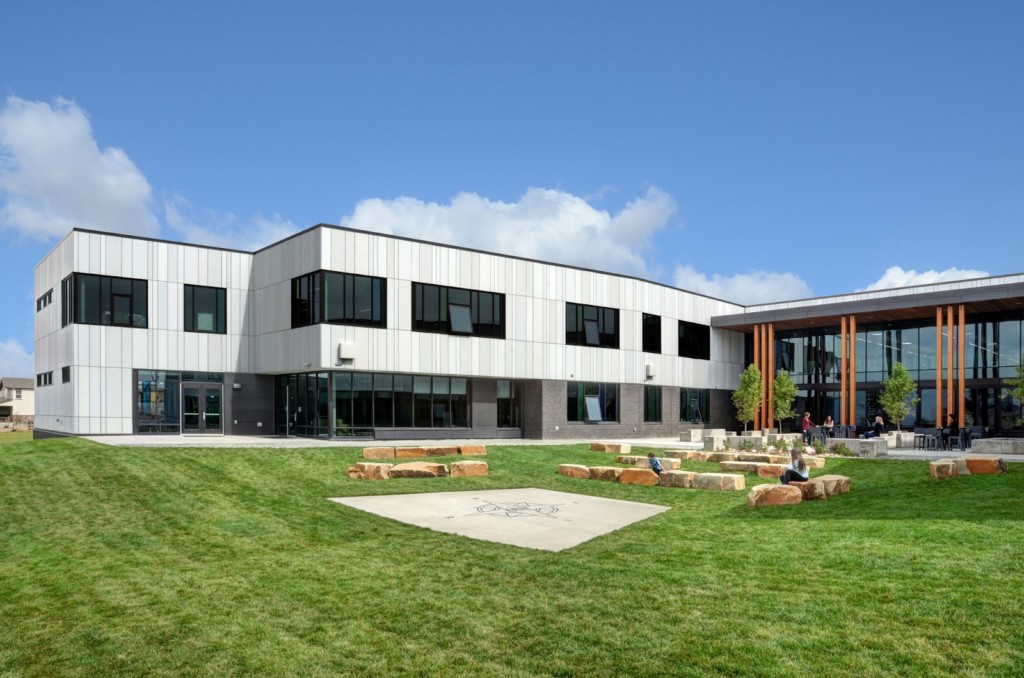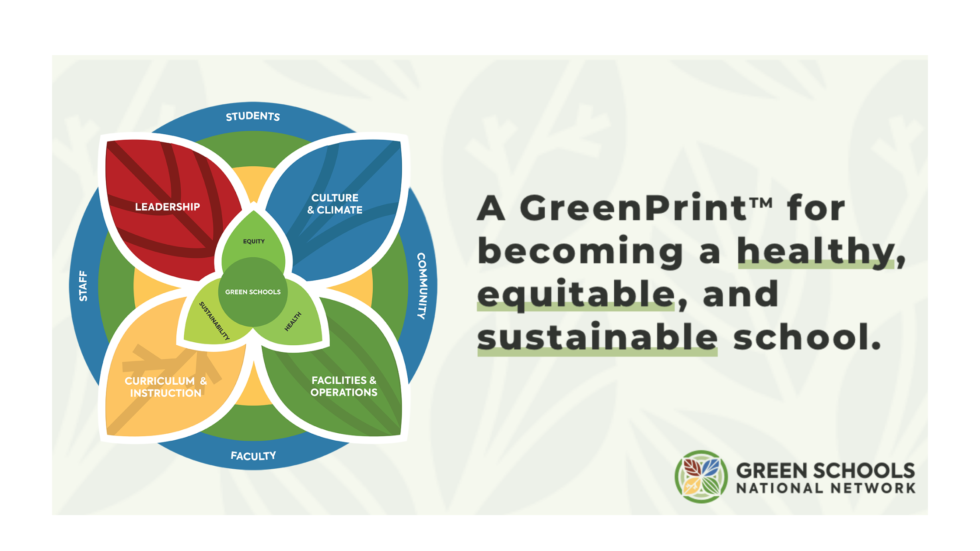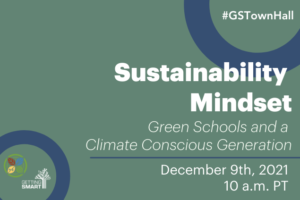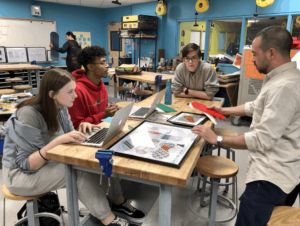Going Green: National Network Incorporates Sustainability into Teaching and Operating Schools
Key Points
-
The Green Schools National Network (GSNN) is a collaborative of more than 300 schools in 13 states working together to create climate friendly communities.
-
In the next three years, GSNN will expand school and district partnerships from 20 to 40 in 20 states.

“Educating for a sustainable future is no longer an option; it’s a necessity.” Jennifer Seydel recognized this need before most of us understood the climate was in crisis.
The climate crisis–and related mitigation, adaptation and migration issues–will shape the lives and livelihoods of young people for the foreseeable future, but few American schools have begun to consider implications for leadership, curriculum, or operations.
Organized by a group of school and system leaders in 2007, the Green Schools National Network (GSNN) is a collaborative of more than 300 schools in 13 states working together to create climate friendly communities.
After 13 years as a school designer for EL Education (a project-based network born out of a collaboration between the Harvard GSE and Outward Bound), Seydel took on GSNN leadership and led a planning effort that added a focus on health and equity. The updated vision is “every child attends a healthy, equitable, and sustainable school.”
Equity is an important network priority because low income families and communities of color are and will be most impacted by the climate crisis.
The network mission is to prepare today’s students to be tomorrow’s sustainability leaders. As a result, learners are engaged in climate infused curriculum and efforts to make facilities and operations climate friendly.

The network created a GreenPrint, a framework for whole-school transformation. The four components include:
- Leadership: integrating sustainability into the vision and mission and creating policies and procedures to support that vision and mission.
- Culture & Climate: influencing behaviors and mindsets within the school community through programs, structures, and systems that support core beliefs about health, equity, and sustainability.
- Curriculum & Instruction: what is taught and how–the design or adoption of sustainability curricula to ensure all students have equitable opportunities to learn and lead.
- Facilities: creating and operating indoor and outdoor learning environments that support the vision, mission and core beliefs of the community related to health, equity, and sustainability.
“Green Schools National Network recognizes that the systems change work to create the future we desire needs to be faster and more efficient than ever before,” said GSNN Executive Director Jennifer Seydel, Ph.D. “We are proud of the updated GreenPrint, which underscores that we cannot have a sustainable future without an equitable and healthy space for everyone who works, learns, and plays in our schools.”
Schools in the network are guided through a planning cycle where they incorporate best practices for healthy, equitable, and sustainable schools.
In the next three years, GSNN will expand school and district partnerships from 20 to 40 in 20 states. Beyond that, the network hopes for at least one school and one school district in every state, which will serve as replication hubs.
Growth will be accompanied by a research and evaluation arm that provides quantitative data and personalized dashboards to validate that sustainability can drive innovation in K-12 education and increase student achievement, operational efficiencies, educational equity, and health and wellbeing.
GSNN is thinking ahead and a huge part of their growth strategy involves community businesses, corporations and formulating lasting partnerships with key stakeholders that will not only have an impact on students’ fiscal future, but the climate as well. By including the whole community in the design of green schools, GSNN is doing its part to make sure that we are creating both a green present and future.
“The engaging aspect of the work these students were doing was so powerful it drew me in then I realized this is so impactful on not only the students but on our community,” said Tim Baird, former superintendent of California’s Encinitas Union School District and current Interim Director of Partnerships at GSNN.
The best time for a school community to develop a sustainability strategy is fifty years ago, the second best time is today. GSNN is leading the charge of refocusing what is taught and how schools operate. We need all students, school leaders and communities to join the movement towards a more regenerative and sustainable world.





0 Comments
Leave a Comment
Your email address will not be published. All fields are required.